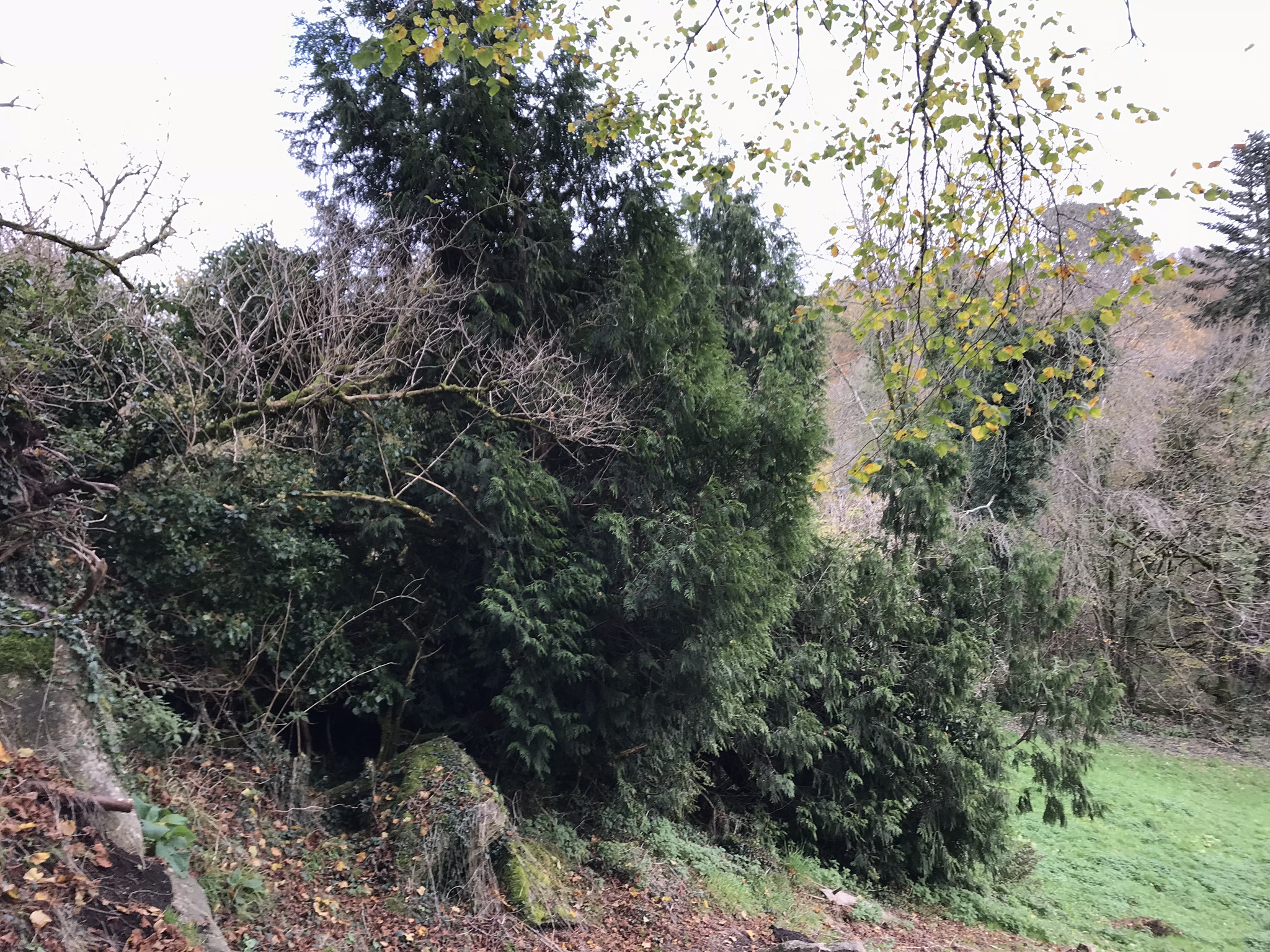THERE WERE NINE APPLE TREES...
...in the orchard when we arrived, most on dwarf root stock. A range of traditional varieties: Ribstone Pippin, Laxton, Peasgood. Egremont Russet, Howgate Wonder, Chivers Delight, Ellisons Orange, Sunset, Newton Wonder, and two very old local trees yet to be identified. Most years the Sunset has produced the heaviest crop.
In 2018 the spring seemed particularly late thanks to the heavy March snow, but at last in early May we had some apple blossom. These late blooms were safe from spring frosts and we ended up with a bumper crop. 2019 was also a great year - the best so far - but in 2020 many trees were hit by late frost and others suffered heavily from squirrel attack when the apples were just forming. We really need to get a shotgun. Worse, in the Autumn roe deer cleared most of the ripening apples that had been missed by the squirrels - perhaps we need a Kalashnikov. We had a few apples to eat, but nothing like enough to juice, let alone make cider, unlike in previous years. Fortunately, not being able to host workaways because of Covid meant we still had apple juice and cider from 2019.
We have now planted another ten apple trees in the orchard, plus three pears and a szechuan pepper. We have also planted 14 cordon apples in the veg garden, two plums and two stanadrd apples. Many of the apples are local cider varieties from Adam’s Apples near Honiton. This should keep the squirrels and deer well-fed for years to come. who knows perhaps we’ll also get to perfect our cider making technique. Many of the new trees fruited well in 2021 but we had to remove the young fruits to help the trees establish. So far (late July) the main orchard crop looks promising but the squirrels have begun to move in - with any luck they will just do our thinning for us.







